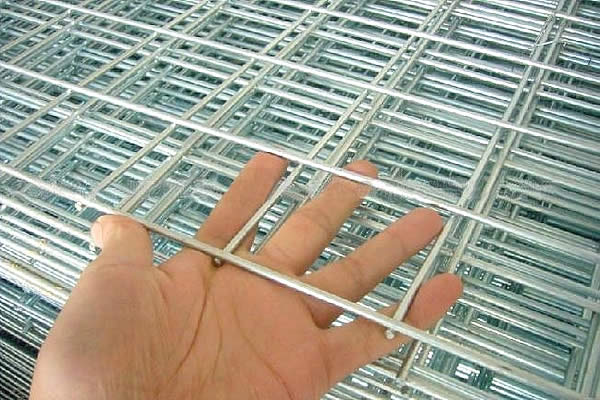 TEL:
+86-13102802206
TEL:
+86-13102802206
 Email:
fencenetting@china.com
Email:
fencenetting@china.com
 Language
Language
 TEL:
+86-13102802206
TEL:
+86-13102802206
 Email:
fencenetting@china.com
Email:
fencenetting@china.com
 Language
Language


Barbed Wire Pickets A Comprehensive Overview
Barbed wire pickets have long been integral components in agricultural, military, and security applications around the world. While seemingly simple in design, these structures serve crucial purposes, including demarcation, security, and animal husbandry. A deeper understanding of barbed wire pickets entails exploring their history, composition, uses, and the advancements that have revolutionized their effectiveness.
Historical Context
The invention of barbed wire traces back to the late 19th century. Joseph Farwell Glidden patented his design in 1873, spurring a revolution in farming and land management. Before barbed wire, ranchers had limited options for defining property lines and protecting livestock, often resorting to expensive wooden fencing. Barbed wire provided an inexpensive, efficient alternative that drastically transformed agricultural practices, particularly in the sprawling landscapes of the American West.
Composition and Structure
Barbed wire pickets typically consist of a strong metal wire, often coated with zinc or other materials to prevent rust and corrosion. The barbs, usually spaced intermittently along the wire, serve as a deterrent to animals and intruders alike. The pickets themselves are the supporting posts that hold the barbed wire in place, commonly made from treated wood, metal, or PVC for durability.
The design of barbed wire has evolved, with variations that cater to specific needs. For instance, some modern iterations feature thicker gauge wire for increased strength or barbs that are spaced closer together for heightened security. Additionally, the introduction of stainless steel and other corrosion-resistant materials has extended the lifespan of barbed wire pickets, making them more reliable in diverse environments.
Uses and Applications

Barbed wire pickets find utility in diverse settings. In agriculture, they are commonly used to enclose livestock, preventing animals from wandering off or accessing harmful areas. In military operations, barbed wire serves as a formidable barrier, protecting camps and restricting the movement of unauthorized personnel. Furthermore, barbed wire is employed in various security contexts, including prisons, residential properties, and industrial sites, as a psychological deterrent and physical barrier.
Crucially, barbed wire pickets also play a role in wildlife management. In rural areas, they are used to keep wild animals away from cultivated crops, thereby safeguarding agricultural yields. However, considerations regarding the ecological impact of barbed wire on wildlife have emerged, prompting some land managers to explore wildlife-friendly alternatives.
Innovations and Future Prospects
The future of barbed wire pickets looks promising, with ongoing innovations aimed at enhancing their functionality. With the advent of technology, smart fencing solutions that incorporate sensors and alarms are emerging. These modern systems can alert property owners of any breaches or unusual activities, offering a more comprehensive approach to security.
Moreover, sustainability in material use is becoming increasingly crucial. Manufacturers are exploring eco-friendly materials and practices, allowing for the production of barbed wire that is both effective and environmentally conscious. This shift reflects a growing recognition of the need to balance security and ecological stewardship.
Conclusion
Barbed wire pickets have proved their worth across centuries, from the farmlands of America to contemporary security applications. Their simple yet effective design, combined with ongoing innovations, ensures that they remain relevant in an ever-changing landscape of security and agricultural needs. As society moves forward, the continuous evolution of barbed wire pickets will reflect the balance between protecting property and respecting the environment, ensuring that they remain an essential tool in various domains.